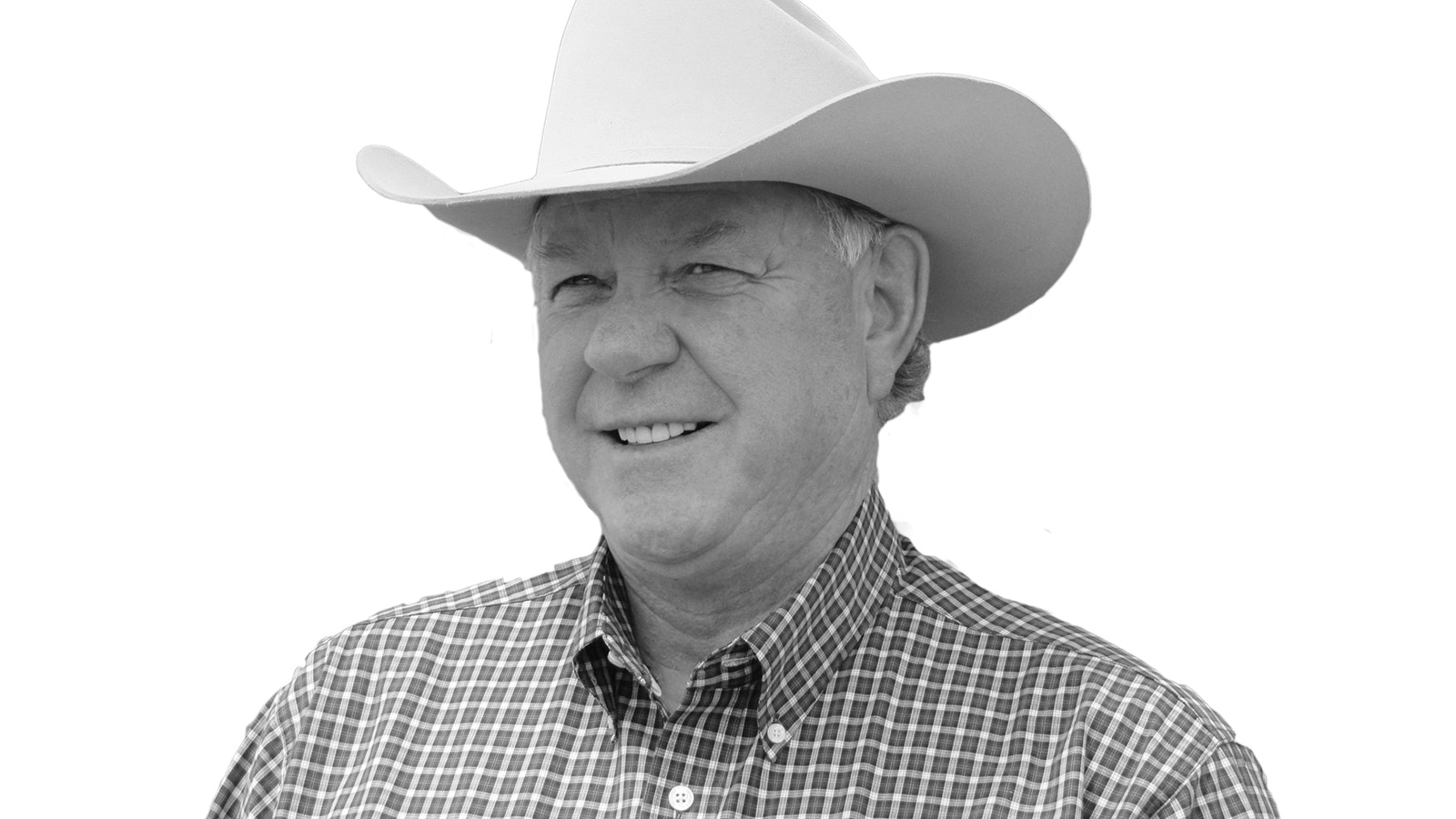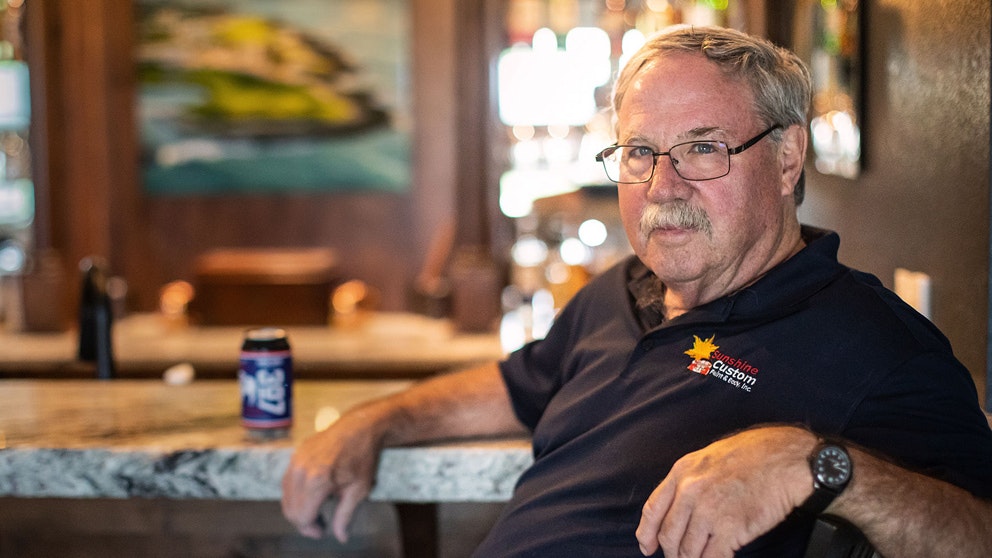With today’s unreal cattle prices, individuals who buy beef products find it hard to understand the economics of the cycle of a cow, from pre-birth planning to a cut of meat on the plate.
They shouldn’t feel bad, though, as there are a number of us in the beef business who don’t understand the whole cycle either. It is so complex. Everyone involved hopes to make money for their part of ownership, but this doesn’t always happen.
Markets and inputs are two major drivers. Markets are driven by supply and demand, while inputs are driven by economies, tariffs, inflation, loan rates and the cost of other inputs we all utilize in our daily lives.
It is possible for there to be six or more owners of a single cow and her beef products, and it is possible not all will make a profit.
Oklahoma State University Livestock Marketing Extension Specialist Darrell Peel is one of the best experts on cattle markets and pricing.
In a press release, Peel said, “Combined Oklahoma auction prices for a 500-pound steer calves pushed higher for the 11th consecutive week, averaging $471.51 per hundredweight (cwt) and a value of $2,358 per head. The current price is up 55.4 percent year over year and up 135.6 percent since the same period in 2022. Prices for 800-pound steers – usually yearlings – averaged $369.71 per cwt last week or $2,958 per head, up 52.1 percent for the same week last year and up 107.4 percent since 2022.”
Peel also said, “The Choice boxed beef price averaged $413.60 per cwt last week, up 33.1 percent from one year ago and 59.2 percent since 2022. The monthly retail all-fresh beef price in July was $8.90 per pound, up 9.2 percent year over year and up 21.3 percent since July 2022.”
These figures show fresh beef costs for consumers haven’t risen to what the live animal has.
Peel went on to say, “The price changes reported above illustrate what happens when tight supplies drive cattle and beef markets. Higher calf prices do eventually get passed on to consumers, but only partially. All margin levels in between also share in the margin squeeze.”
“Since 2022, calf prices have increased by 135.6 percent, feeder cattle prices are up by 107.4 percent, fed cattle prices have increased 70 percent, boxed beef prices are up by 59.2 percent and retail prices have increased by 21.3 percent,” he continued. “For all the margin sectors – stockers, feedlot, packers and retailers – the cost of inputs has increased more and faster than the value than the value of outputs.”
Peel concluded, “The time dynamics between cattle and beef markets sectors are complex. Not all margins adjust by the same amount and at the same time. Up to this point, packers have faced most of their losses due to lousy buy-sell margins. Feedlots have avoided much of the margin challengers thus far. Retailers have faced relatively less of the margin challenge up to this point due to strong consumer beef demand and ample beef supplies. Beef production is declining faster now, and retailers will face more challenges as beef production continues to decline in coming months.”
Well readers, this is the picture of beef since July of 2022.
Dennis Sun is the publisher of the Wyoming Livestock Roundup, a weekly agriculture newspaper available online and in print.





